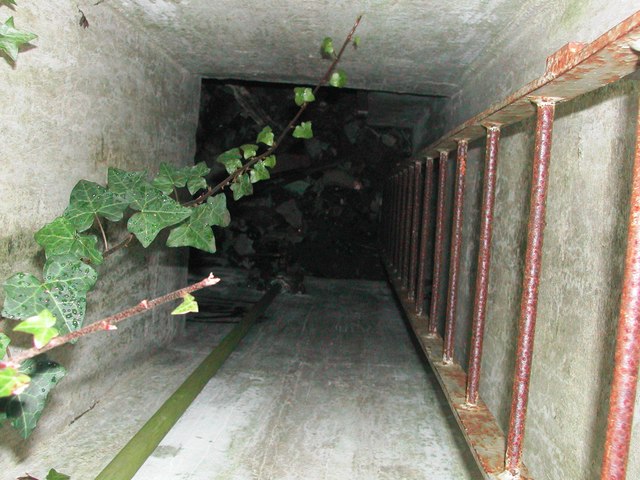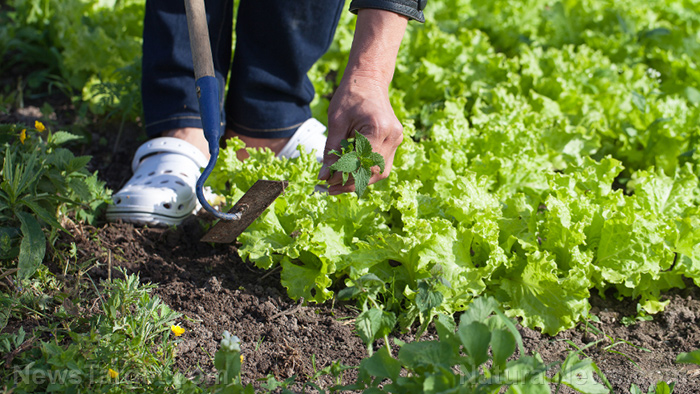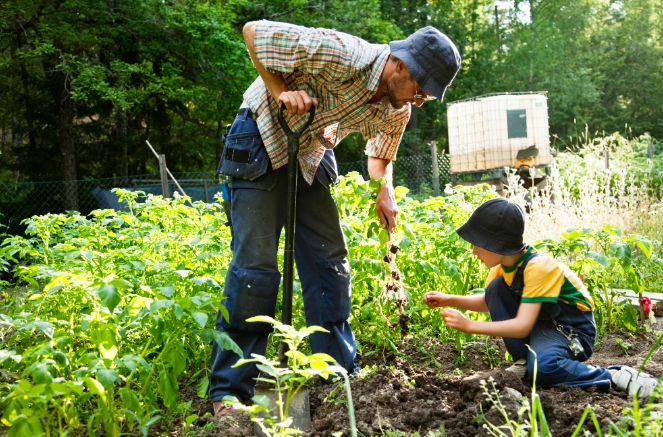Last prepper standing: How to turn your basement into a survival bunker
10/31/2019 / By Darnel Fernandez

America has recently seen a decline in basement popularity, with only 28 percent of new homes being built with a basement. This is in contrast to the 56 percent constructed on slab foundations. With the growing number of threats, it isn’t enough to just store all the essentials in the basement and hope for the best. What people fail to realize is that basements can be used as a reliable survival bunker that could get you through almost any disaster. (h/t to DoomsdayMoose.com)
One man’s basement is another man’s bunker
The average basement in an American home can be modified to fulfill all sorts of purposes. In the event of a tornado or hurricane, a properly modified basement can act as a safe refuge from the storm. Even during something like a terrorist attack, a well-fortified basement can keep any threat at bay. Here are a few tips to help you create the survival bunker of your dreams:
Ensure structural stability
One of the worst ways to go is your so-called “survival bunker” caving in on you when you least expect it. Before doing anything in the basement, take the time to assess if the structure of the basement is sound. The foundation needs to be secure and the ceiling and overhead structures don’t show signs of giving way. If you do happen to find any structural faults, contact a professional immediately to help repair and fortify the basement. Only then can you start preparing it for survival.
Keep the moisture out
The basement should also be free of moisture as much as possible. Damp environments invite the growth of mold, algae, and other microorganisms that make the shelter unfit for long-term use. Mold, in particular, can release toxic spores that can cause numerous health problems, such as throat irritation, coughing, wheezing, and even skin irritation.
Manage air quality
Make sure the basement is airtight. Any air leaks can pose a serious hazard from nuclear fallout, toxic gases, and even infectious diseases. Once airtight, you can start purifying the air and restore oxygen. You can use houseplants as natural air purifiers. (Related: Maintaining survival sanitation when you bug in.)
Secure a water source
One of the most important things to do in any survival situation is securing a water source. In the case of extreme disasters that can cause societal collapse, relying on public water supplies becomes a pipe dream. If you do have access to a water supply, you can dig up a shallow well in your basement then fill it up with water. You can then use a hand pump to extract water whenever you need it. Additionally, you can allot a small area of the basement specifically for water purification if you wish to reuse water that has already been used.
Plan for food production
Alongside water, finding food should be a top priority in survival. If you had prepared accordingly, you should have a healthy supply of food available. Unfortunately, supplies don’t last forever. You need to find a way to produce your own food before your stockpile runs out. You can have your own indoor garden right in the basement if you use artificial grow lights to grow a variety of crops. If you want something a little more exotic, you can try farming insects. Creepy crawlies like crickets, cockroaches, and grubs can be kept and cultivated in boxes or other similar containers with little to no extra effort needed. All you need to do is feed them old kitchen scraps every so often.
Most people opt to bug out when disaster strikes, but bugging in can be a good alternative if your home has been properly fortified. With proper preparation, your basement can possibly save you from anything the world throws at you.
Sources include:
Tagged Under: basement, bug in, chaos, Collapse, disaster, Homesteader, homesteading, how-to, panic, preparedness, prepper, prepping, self sufficiency, self-sustainability, SHTF, survival, survivalist, underground bunker, underground shelter
RECENT NEWS & ARTICLES
Homesteading.News is a fact-based public education website published by Homesteading News Features, LLC.
All content copyright © 2018 by Homesteading News Features, LLC.
Contact Us with Tips or Corrections
All trademarks, registered trademarks and servicemarks mentioned on this site are the property of their respective owners.



















